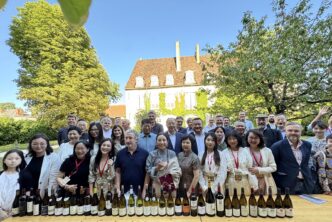Mainland China and other parts of Asia have often been viewed as mostly a red wine market by Westerners but recent market trends and data indicate that long held belief may no longer be as grounded as it may have once been. In part 1 of what will be a series of articles devoted to the analysis of the markets of various Asian countries, we focus on China. This article is an adaptation of one written a few months ago by our Editor-in-Chief, Ian D’Agata, for the Corriere Vinicolo, a leading Italian wine publication for which he is the Chinese Correspondent.
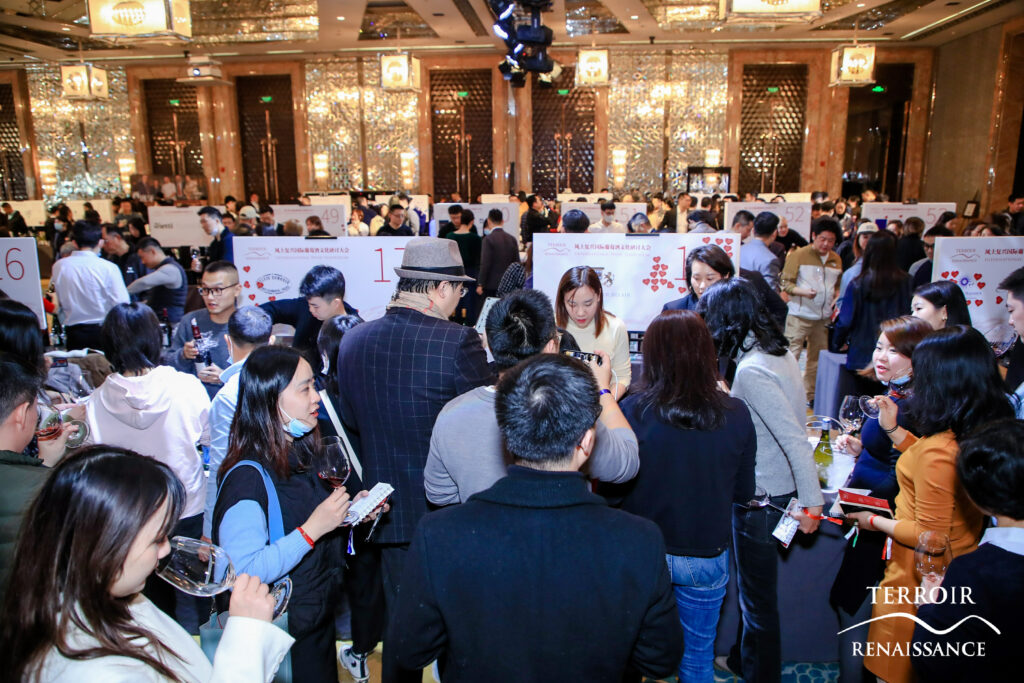
With minor exceptions, Europeans and North American wine people have always viewed China and other Asian markets as red wine markets first and foremost. The generalized preference for red wines amongst those wine drinking populations is believed to be the result of various converging factors. Relative to China, some of these reasons are that the red colour holds great importance in Chinese culture (for example, red is the colour associated with luck, joy and life/health); like many other New World countries were drinking wine was not previously part of the everyday lifestyle, Chinese wine drinkers have historically opted for bigger, rich, powerful wines (red wines are more so than white wines). Many such red wines are not just heavy on alcohol and power, but often carry a little residual sugar as well; that is one of the reasons why wines made from air-dried grapes such as Amarone have often been popular in parts of the Far East; furthermore, wine has long been viewed by some newcomers not so much as a part of a balanced daily lifestyle but more of a status symbol explaining why famous wines like Bordeaux’s First Growths have always been sought after more than well-made, less expensive, and more food-friendly wines.
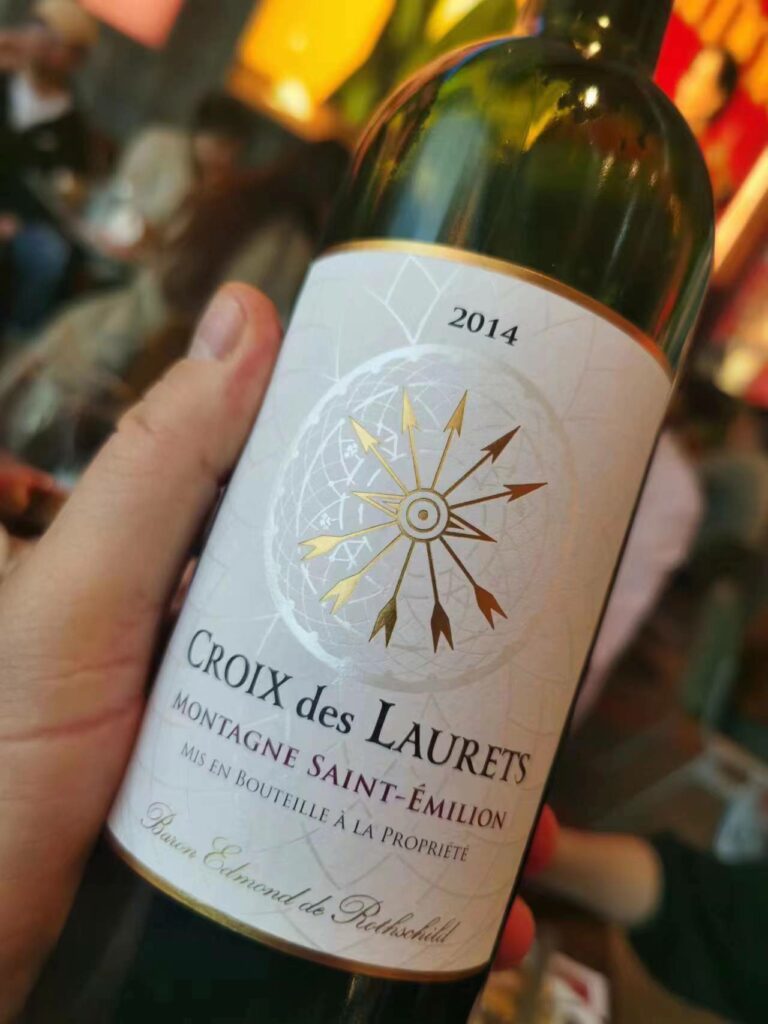
However, with the passage of time human societies everywhere change to a greater or lesser degree, such that what was true twenty or thirty years ago is no longer as valid, if at all, today. I think many of my older North American readers well-remember the 1980s and 1990s, when the typical lunchtime scenery at any high end, Michelin-starred or not restaurant featured dining room tables littered with bottles of mineral water (back then it was usually Perrier), with little or no wine in sight. Simply put, back then wine had not yet entered the time’s stream of consciousness. While wine bottles were making an ever-increasing appearance on dinner tables in both posh and less posh dining addresses, that was not at all the case come lunchtime. Just think now how different that was from today’s reality, where come lunchtime, glasses of wine, if not bottles, no longer rival sightings of Nessie and Bigfoot. New generations behave differently and tend to like and value different things from the generations that preceded them: after all, you don’t see too many people wearing clothes made of Rayon nowadays, correct? And you no longer see too many people out there playing with hula hoops or yo-yos, right? And so it is with wine.
For example, it is now clearly apparent to those who live and work in China that the “red wine or bust” mentality is a failure. For sure, not all red wines fare as well as they once did with the Chinese wine-drinking public. And if you stop to think about it for a moment, that makes perfect sense. Of the eight great Chinese cuisines (and the many permutations thereof) very few are what you might call red wine-suitable: in fact, most are ideally matched to white wines, with a specific subset (Sichuanese, Hunanese, Yunnannese) that are actually best suited to not just white wines, but those made with lightly to fully aromatic white grapes at that. But it’s not just a matter of people beginning to realize that spicy cuisines might fare better with spicy wines: for example, to drink anything but a fresh, light-bodied white wine with the cuisines of Taizhou and the Zhejiang province in general makes very little if any sense. As much as people may wince when reading this, the simple truth is there is little or almost no place for Cabernet Sauvignon and Merlot in the Chinese dining universe; that the first of those two grapes has been planted as much on Chinese soil as it has says a lot more about human nature (and of the initial hiring of foreign winemaking consultants who, despite what they say in public, for a variety of reasons really only want to work with varieties like the Cabs and Chardonnay) than it does of logical food and wine pairing options and realties. Indubitably, as the Chinese became more and more curious, not to mention knowledgeable about and accustomed to drinking wines with their meals, red wine fortunes were destined to plummet like rocks thrown from cliffs. It was all very inevitable, in fact. And the market is confirming as much.
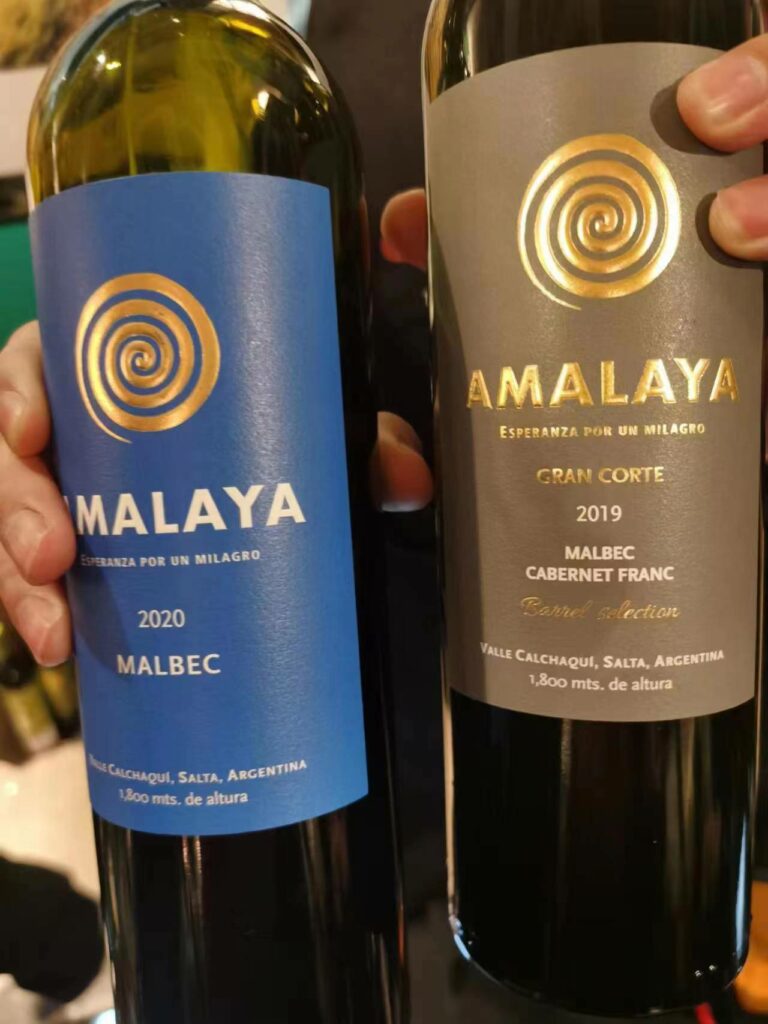
China being the world’s third biggest country also means that any data analysis performed has to be done carefully. Comparing data by sub-region and sub-market is vitally important in the country, otherwise all conclusions drawn will be unfailingly misleading if not downright wrong. While red is still the colour of choice when it comes to drinking wine in the country, China is not one single or united market, and what is currently happening sales-wise in Shanghai is not true of Northern China or Western China. For example, wine sales in Northern China are still red wine-dominated, while Eastern China and Southern China are where bubble and white wine sales are most interesting. But the reds that once dominated, though still very popular, are no longer the only wine-buying choice being made by the wine-buying public.

It is becoming increasingly apparent that independently of the market being analyzed, some red wines are faring better than others. The “Chinese palate” shies away from too much tannin (especially) and too much acidity is also a no-no; for example, Pinot Noir and Grenache wines are more popular than those made with Sangiovese. More importantly, the Chinese wine lovers learning curve is rising sharply (China boasts the largest number of students signed up for WSET courses and Chinese wine professionals are eager participants in courses hosted by wine councils such as Wines of Spain and Wines of Chile or in more in-depth courses such as those on Italian and Burgundy wines given by the TerroirSense Wine Academy and other private wine schools). It follows that sales of “new” wines made with low tannin grapes such as Grenache are rising. And it is not just some red grapes and wines that are gaining ground on other reds: a better understanding of the merits of wine and food pairing have led an increasing number of Chinese wine professionals to embrace white wines over reds as well. The latter is just a very gentle trend, but with greater knowledge will come a further shift in wine drinking preferences. Whereas ten years ago (actually, even as recently as three years ago) no dinner I ever attended with Chinese friends featured white wines (that never amounted to more than 15-20% of the total number of wines served those evenings), nowadays white wines will often make up 40 to 50% of the liquids being served on any given evening. Yes, society changes.
Red sunset, or not?
How much of a step have red wines really lost in China?
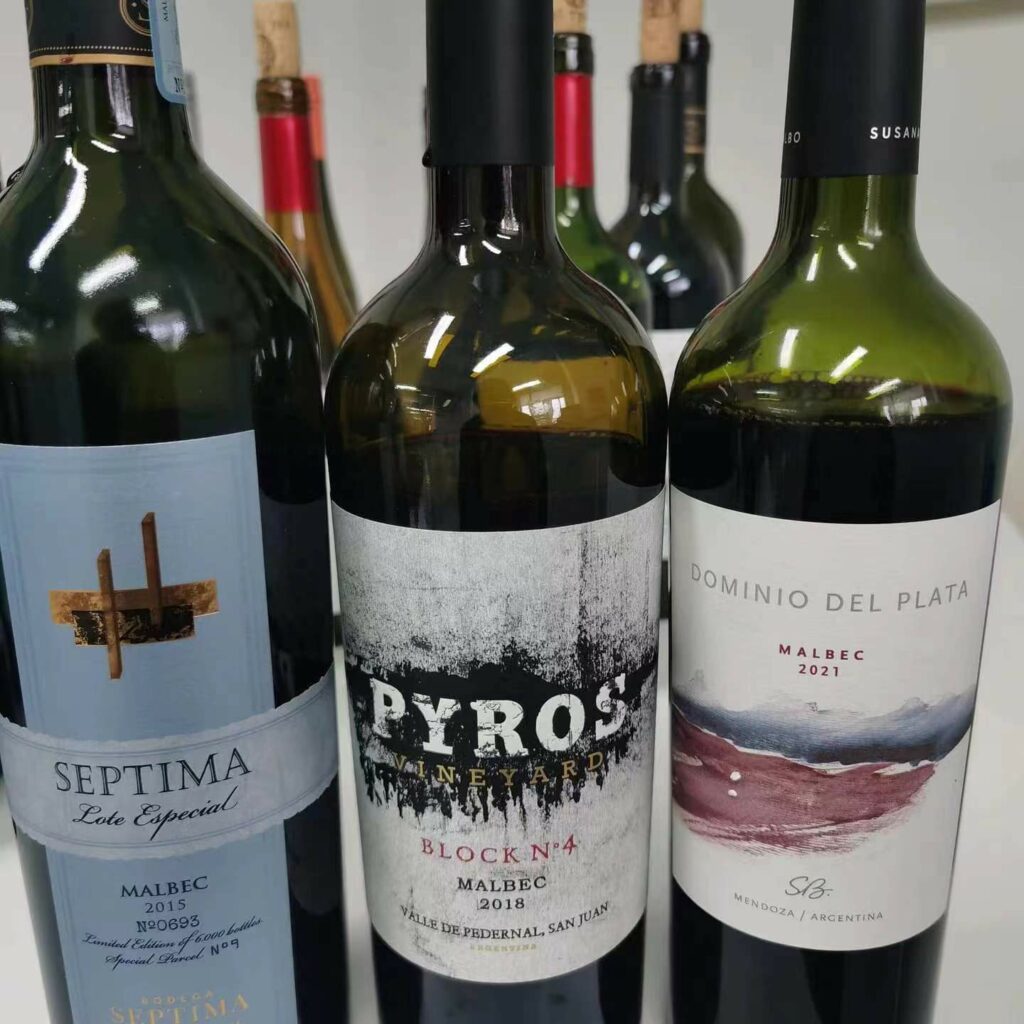
“To be clear, red wine sales still rule here, but at the same time, we have witnessed significant growth of white wine sales especially in first tier cities such as Beijing, Shanghai, Guangzhou and Shenzhen, or in coastal cities such as Xiamen, Shantou and Qingdao. The growth seen in the former is due to better wine education, while the growth observed in coastal cities is due to their cuisine based on seafood. Chinese people are beginning to realize that you cannot drink Cabernet Sauvignon with everything” says Christopher Tran, general manager of Lelane Imports, one of China’s premier wine importers. By contrast, Tran does not see much of a rise in the sales of sparkling wines. “I find that bubble wine sales haven’t progressed as well as we might have hoped or thought, though I know some find otherwise; but I also find it interesting that in general, it is Westerners who order sparkling water in restaurants while Chinese guests prefer still water”.
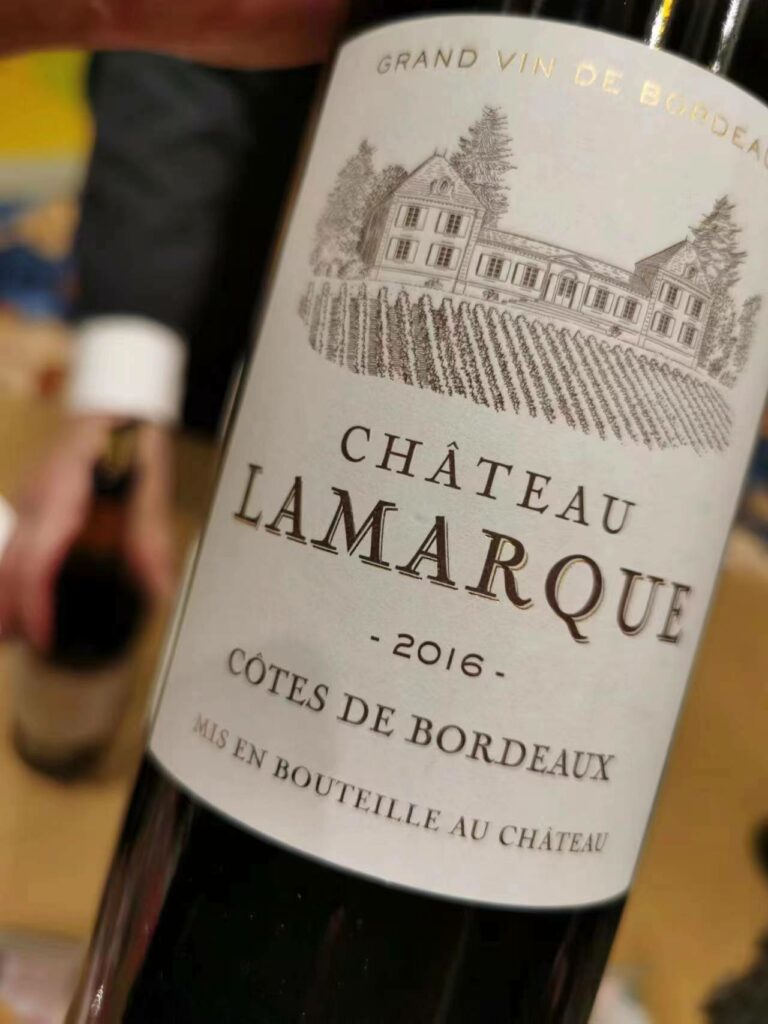
By contrast, Olivier Six, Chief Executive Officer of East Meets West (EMW), another of China’s three or four or so leading fine wine importers, finds sparkling wine sales are looking up (perhaps his breakdown differed from Tran’s because of a different customer base). “Based on our sales figures, the last five years show a sharp increase of sales in bubble wines. Champagne and Prosecco in our portfolio do especially well. It amounts to double digit increases, so we have increased the amount of products we have for sale. White wine has also seen a big increase, but at least in our case, slightly less than bubbles.” Matteo Cecchetto, Senior Brand Manager of Fine Wines at Summergate, explains that wine sales, in both volume and value, have understandably taken a big hit because of Covid, and are only now beginning to recover. “How quickly they recover is anyone’s guess. For now, we are aware that we drifted from a high of volume sales in 2017 (78,720 per 10,000 liters) and value in 2018 (341,464 per 10,000 $US) to the much less thrilling 2022 numbers of 31,022 (per 10,000 liters) and 131,020 (per 10,000 $US), respectively. But the point to make relative to our question of how red wines are faring in China is that while all types of wines have seen their sales figures drop in China during and because of those three horrific years, it’s interesting to note that it’s red wines that have dropped the most in Compound Annual Growth Rate (CAGR). Importantly, this fall was evident even before Covid arrived on the scene: from 2015-2020, the CAGR for red, white, rosé and sparkling wines is -12.1%, -11.5%, -4.9% and -4.7%, respectively”. Cecchetto also adds that “… as the market matures, sales of white, sparkling and rosé wines are expected to grow more. For example, while the CAGR for the 2021-2026 period is estimated to be only +2% each for red and white wines, it is an impressive +11.4% for Champagne and +4.8% for sparkling wine in general”. Zihong Zhang, Deputy Editor of the TerroirSense Wine Review, a leading Chinese wine publication available in both English and Chinese languages, agrees. “…Over the last ten years, excluding the three years affected by Covid, white wines have gained in popularity, especially among 26-45 year olds with an intermediate or stronger level of wine knowledge. And sparkling wines appear to have a big future here”.
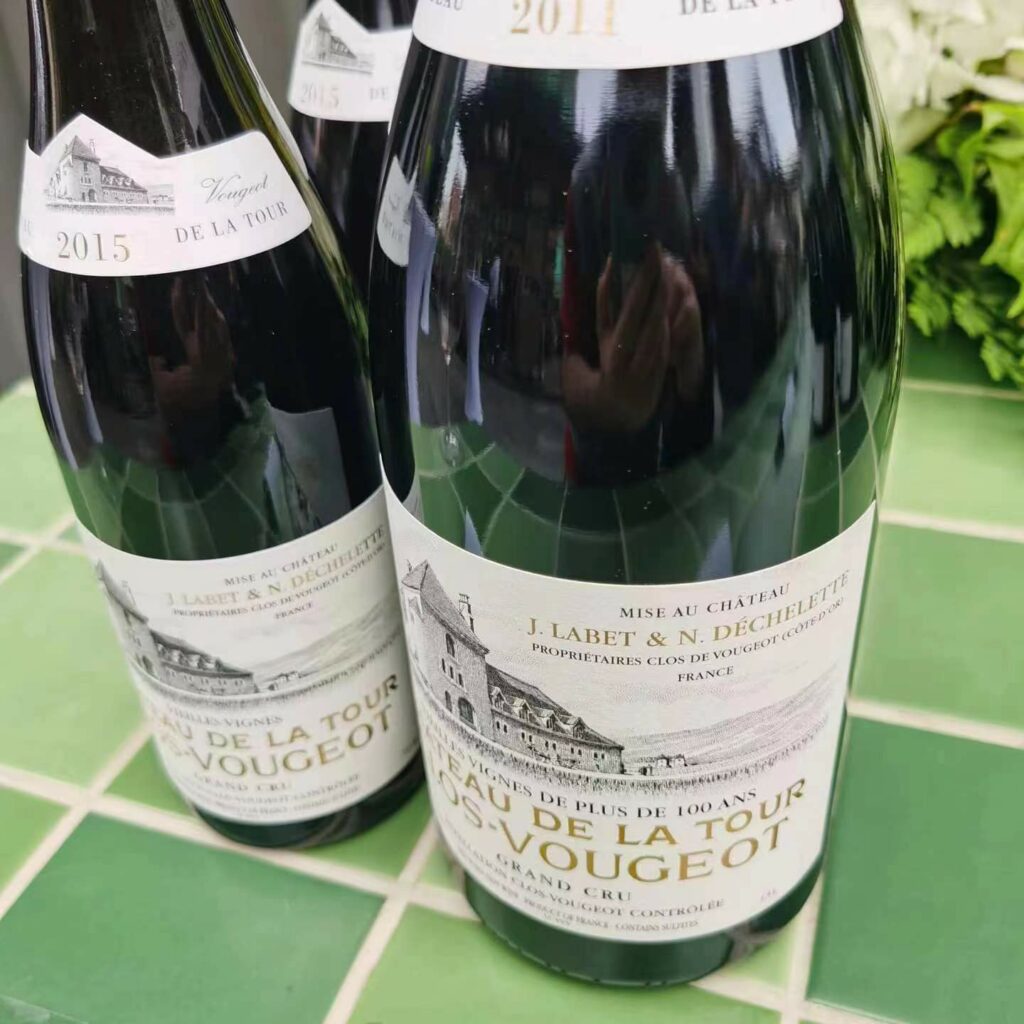

 中文
中文
